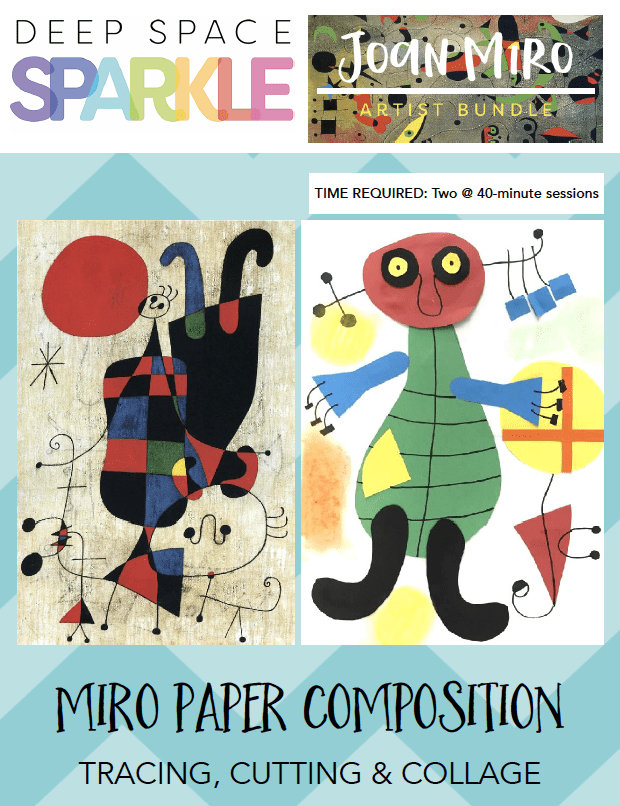
Joan Miró was a Spanish painter, sculptor and print-maker. His first paintings were inspired by Cubism and his later works were more magical and child-like. The painting that inspired this... Learn More
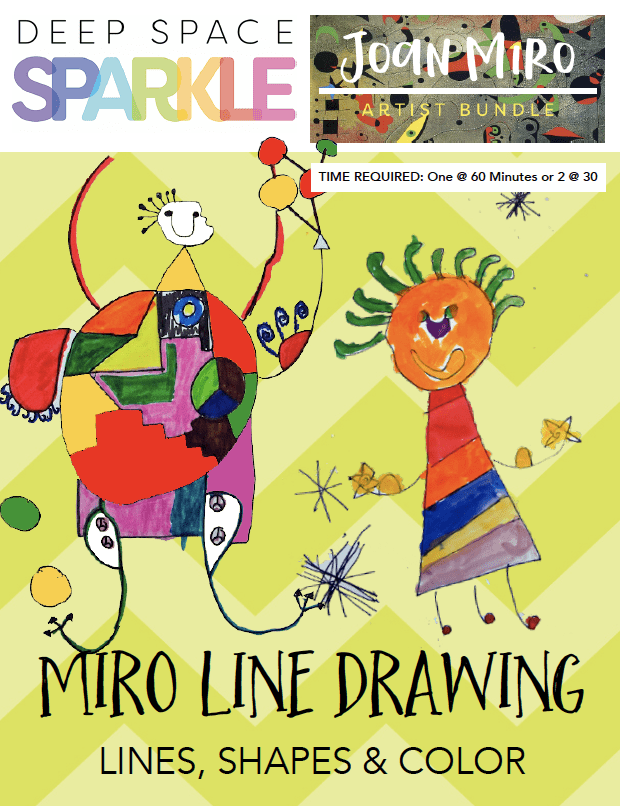
Drawing like Miró is quite fun. Often times the lines don’t make sense, which is why it’s such a great project to do with kids. Again, oil pastels are the... Learn More
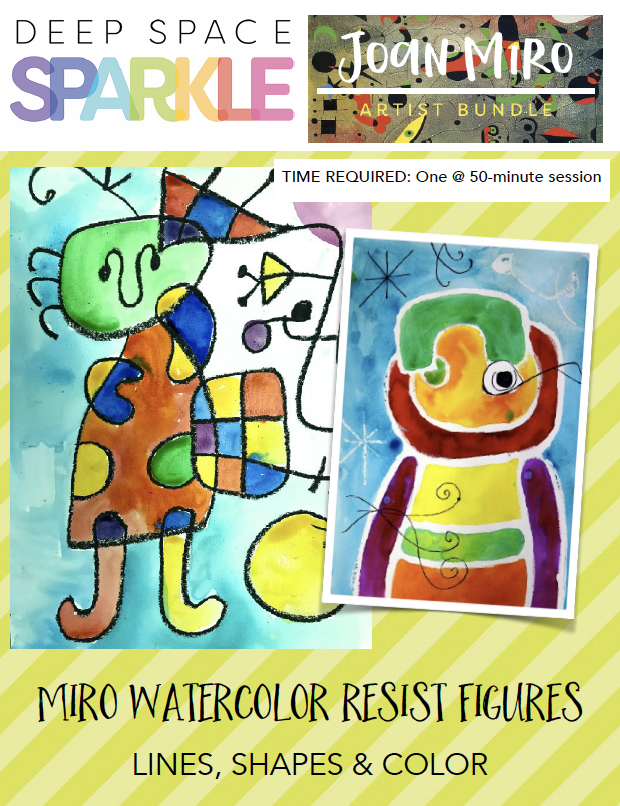
Joan Miró’s shape and line focused paintings make a perfect inspiration for easy art projects. This watercolor resist painting takes little time, especially if you use a smaller piece of... Learn More
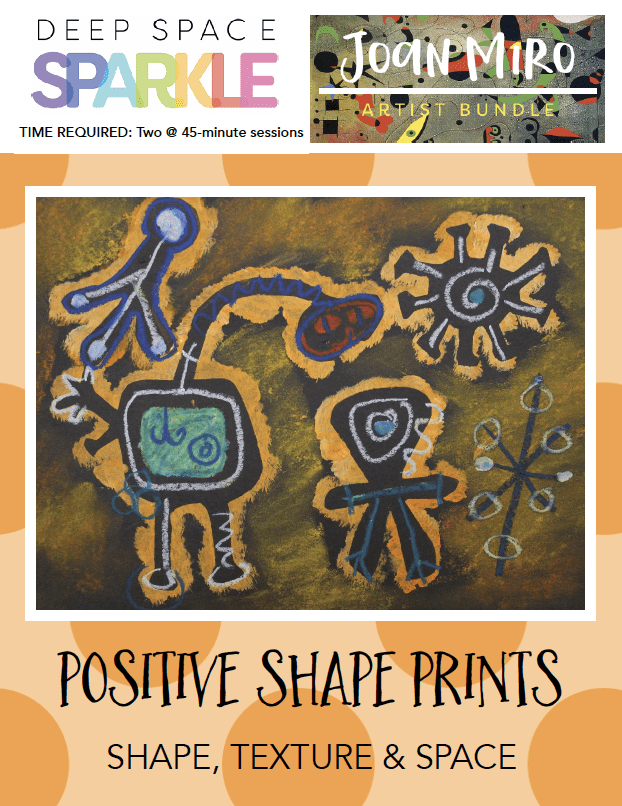
Joan Miró was a Spanish painter, sculptor and print-maker. His first paintings were inspired by Cubism and his later works were more magical and child-like. The painting that inspired this... Learn More
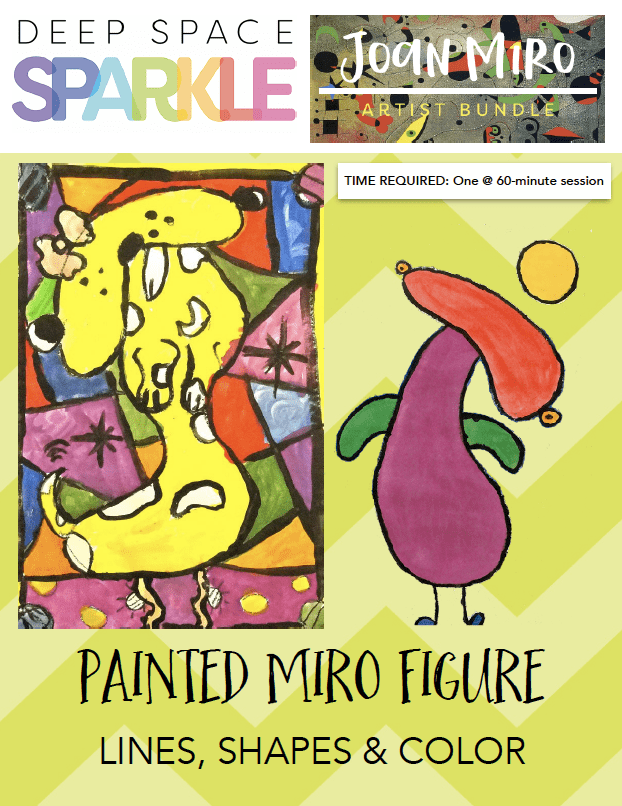
Joan Miró was born in Barcelona, Spain in 1893. He started drawing at age 8 and went on to become one of the world’s most famous abstract artists. He loved... Learn More
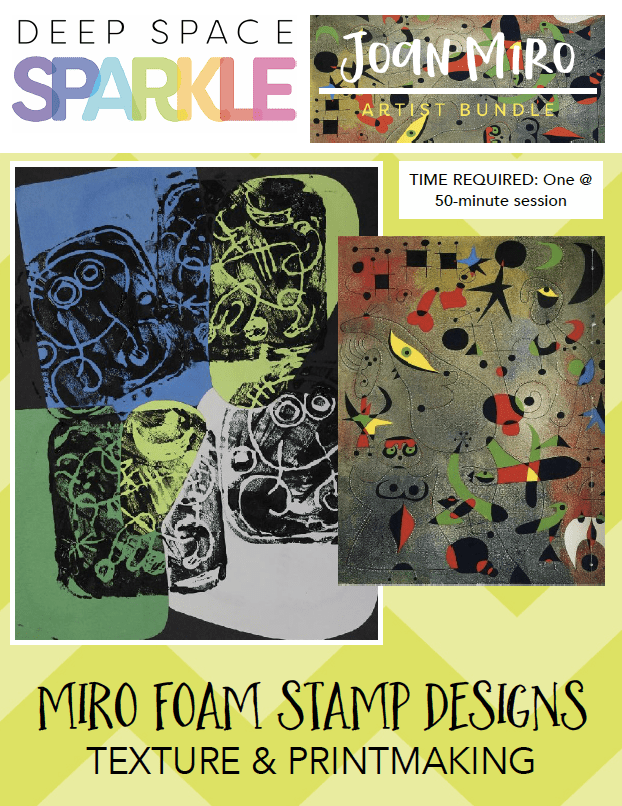
Miró started making prints after he was considered a well accomplished artist. He used two types of print-making: lithography and intaglio. Lithograph: Ink is spread onto the plate and then... Learn More
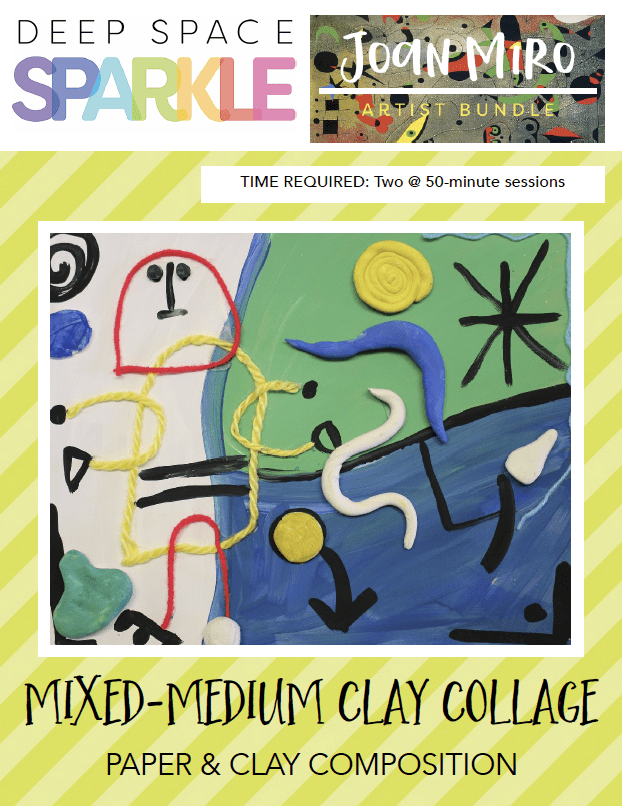
Joan Miró was a Spanish painter, sculptor and print-maker. His first paintings were inspired by Cubism and his later works were more magical and child-like. The painting that inspired this... Learn More
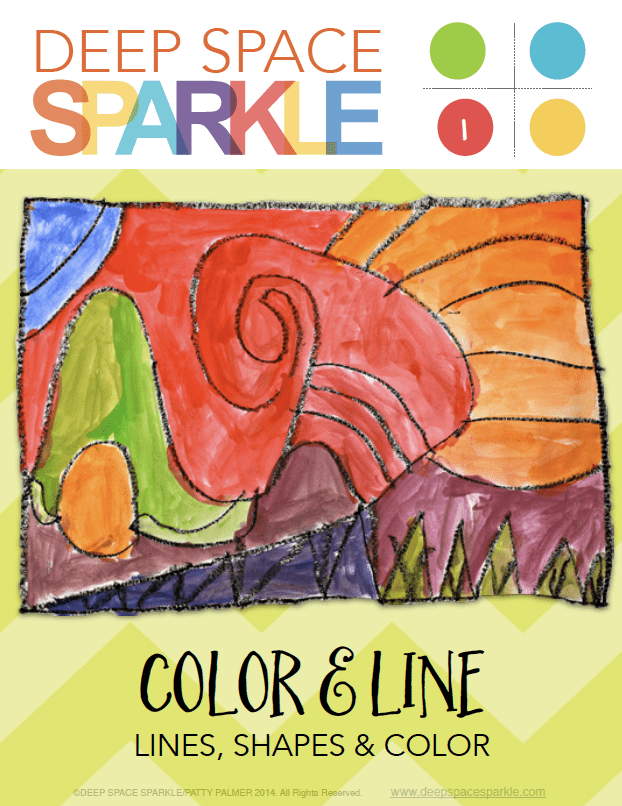
Children learn how lines form shapes with this easy art project that can take less than 40 minutes to complete. Use cake tempera paint and a waterproof marker to help little ones explore... Learn More
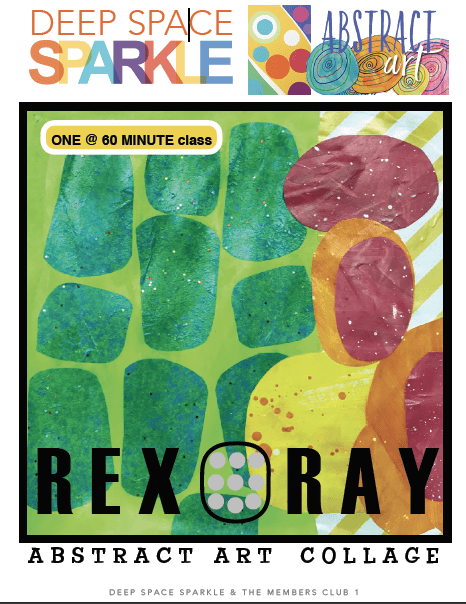
Creating collages is a wonderful way for children to express their sense of color and composition. It’s not always easy though, which is why I recommend showing children a few... Learn More
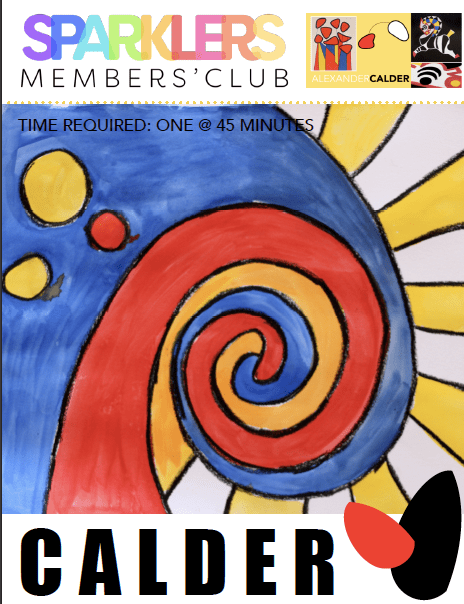
This is an easy project that illustrates Calder’s use of line, shape and form and is a great project to introduce children to primary & secondary colors.... Learn More
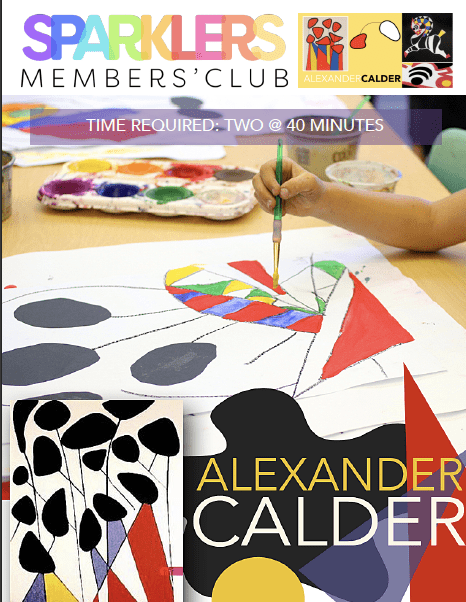
This is an easy project that illustrates Calder’s use of line, shape and form. It’s a great substitute for a prep intensive form-based project. Second grade students do very well... Learn More

This is an easy project that illustrates Calder’s use of line, shape and form. It’s a great substitute for a prep intensive form-based project. Second grade students do very well... Learn More

This is an easy project that illustrates Calder’s use of line, shape and form and is a great project to introduce children to primary & secondary colors.... Learn More
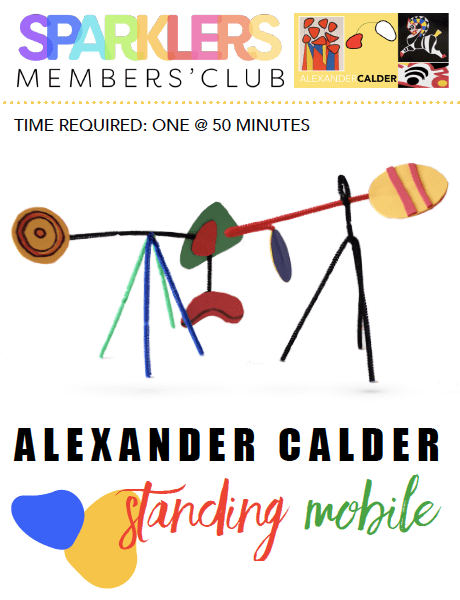
While pipe cleaners are used for this project due to availability and ease of cutting, feel free to use a heavy gauge wire for older students. Alexander Calder introduced a... Learn More
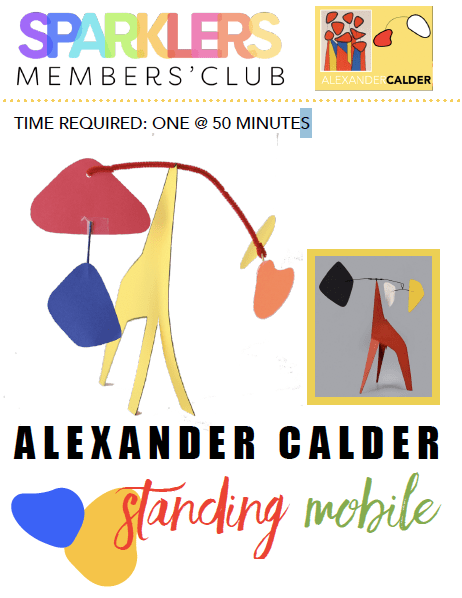
This standing MOBILE project requires a small amount of time to make the components but offers much opportunity to extend the lesson to understand balance & weight. The heavier the... Learn More
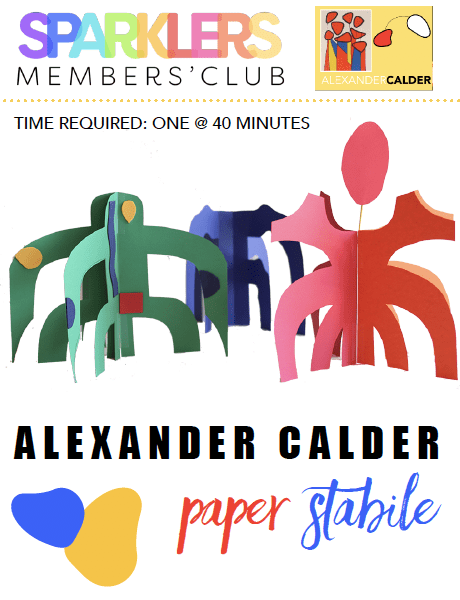
This STABILE project requires a small amount of time and offers much creative opportunity. Painted cereal box cardboard would make a great substitution for card stock and would offer more... Learn More

Calder combined Mobiles and Stabiles to create standing mobile units. Often these were in abstract shapes and animals shapes.... Learn More
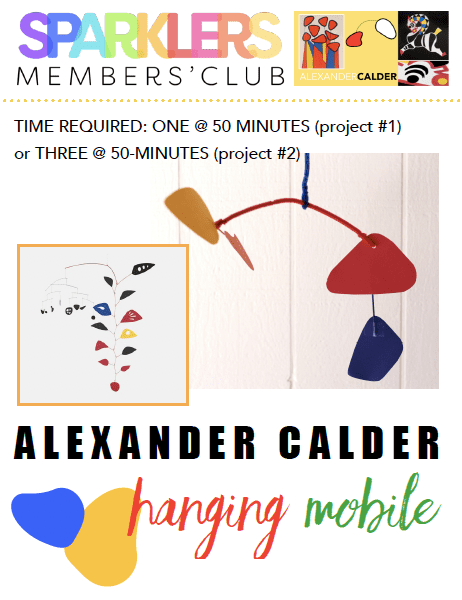
Alexander Calder introduced a new element to art by adding movement through hanging sculptures called mobiles. The movement creates a new art experience based on the changing direction of each unit.... Learn More